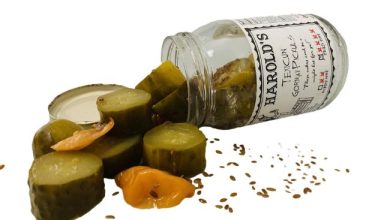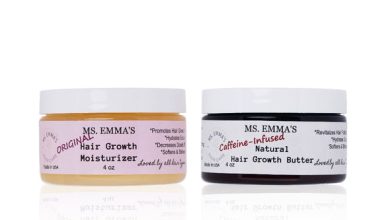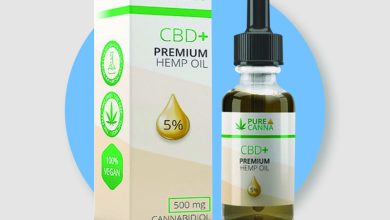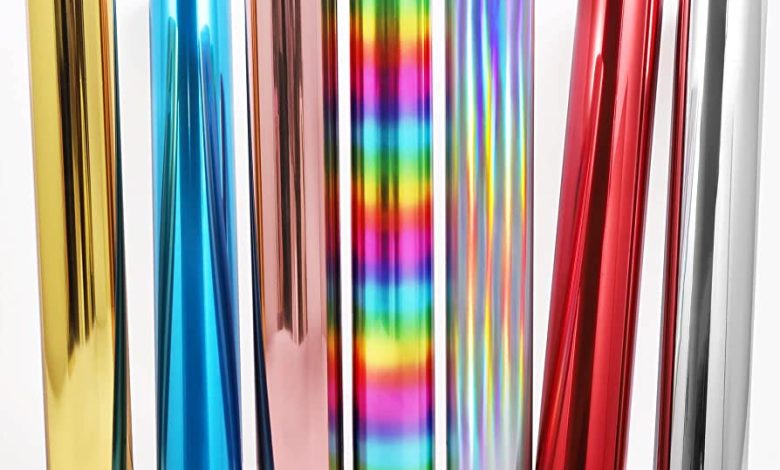
Heat transfer vinyl, also known as HTV, is a type of material that can be used with a heat press to create custom designs and graphics on t-shirts, sweaters, hats, and more. This versatile material comes in a wide variety of colors and patterns, so you can really let your creativity shine when you’re designing your custom garments. And the best part? Heat transfer vinyl is relatively easy to use, so even if you’re a beginner, you can still create professional-looking results. In this blog post, we’ll show you everything you need to know about heat transfer vinyl, from how to use it to where to buy it. So whether you’re looking to start your own t-shirt business or just make some custom shirts for yourself, read on for all the info you need to get started.
Types Of Heat Transfer Vinyl
There are three main types of heat transfer vinyl: solid color, patterned, and glitter. Each type has its own unique properties and can be used for different projects.
Solid color heat transfer vinyl is the most versatile and can be used for a wide variety of projects. It comes in a variety of colors, so you can find the perfect shade for your project. Patterned heat transfer vinyl is great for adding a unique touch to your project. There are many different patterns available, so you can find one that fits your style. Glitter heat transfer vinyl is perfect for adding sparkle and dimension to your project. It comes in a variety of colors, so you can find the perfect shade to match your project.
Uses Of Heat Transfer Vinyl
Metallic heat transfer vinyl is a type of material that can be used to create designs, logos, and images on a variety of garments and other items. There are many different brands and types of HTV available on the market, but they all serve the same purpose – to allow you to customize your clothing and other items with your own personal designs.
HTV is available in a wide range of colors, so you can find the perfect hue to match your design. You can also find HTV in a variety of finishes, including matte, glossy, glitter, metallic, and more. And because it’s a heat-activated material, it’s easy to apply using a home iron or heat press machine.
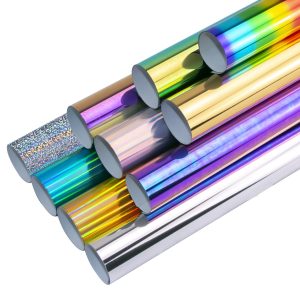
Once you’ve created your design, simply cut it out with an electronic cutting machine like the Circuit or Silhouette Cameo. Then weed away the excess vinyl around your design, leaving only the parts you want to transfer onto your garment.
Next, place the HTV design onto your garment in the desired location and cover it with a piece of wax paper or Teflon sheet. Then use an iron or heat press machine to apply heat and pressure to the design, which will cause it to bond with the fabric.
After a few minutes, remove the wax paper or Teflon sheet and allow the garment to cool. Your custom design will now be permanently adhered to the fabric!
Importance Of Heat Transfer Vinyl
There are many reasons why heat transfer vinyl is so important. For one, it can be used to create custom designs and logos for your business or organization. This type of vinyl is also very durable and can withstand high temperatures, making it ideal for use in a variety of applications. Heat transfer vinyl is also very easy to apply and can be applied to a variety of different surfaces.
Industry Use Vinyl
Vinyl is one of the most popular materials used in the sign industry. It is durable, versatile, and easy to work with. Vinyl can be used for a variety of applications, including signs, banners, decals, and more. Heat transfer vinyl is a type of vinyl that can be heat pressed onto a variety of surfaces. This makes it ideal for use on t-shirts, tote bags, and more.
Metallic Vinyl
Metallic vinyl is a great way to add some sparkle and pizzazz to your projects! It comes in a variety of colors, so you can find the perfect shade to match your project. Metallic vinyl is also easy to work with – it cuts and weeds just like regular vinyl. Plus, it’s durable and can withstand repeated washes.
Features Of Heat Transfer Vinyl
Heat transfer vinyl, or HTV for short, is a type of material that can be used with a heat press to create designs and graphics on fabrics. It’s similar to regular vinyl in terms of appearance and feel, but it has a heat-activated adhesive backing that makes it easy to apply to fabric. There are many different types of HTV available on the market, each with its own unique features and benefits. In this blog post, we’ll explore some of the most popular types of HTV so that you can find the perfect one for your project.
Information about heat transfer vinyl
When it comes to metallic heat transfer vinyl, there are a few things you need to know in order to make the best choice for your project. Here is some information about heat transfer vinyl that will help you make an informed decision.
There are two main types of heat transfer vinyl: polyurethane (PU) and polyvinyl chloride (PVC). PU is a softer, more flexible vinyl that is often used for projects that require a lot of stretching, like t-shirts. PVC is a stiffer vinyl that is often used for projects that don’t require as much stretching, like mugs or hats.
Heat transfer vinyl can be either glossy or matte. Glossy vinyl has a shiny finish and is often used for projects where a high-quality, professional look is desired. Matte vinyl has a dull finish and is often used for projects where a more muted look is desired.

Heat transfer vinyl can be cut with either a cutting machine or by hand. If you are using a cutting machine, you will need to use either a blade designed specifically for cutting vinyl or a general purpose blade. If you are cutting by hand, you can use scissors or a craft knife.
Once you have cut out your design, you will need to apply it to your project surface. This can be done with an iron or a heat press. If you are using an iron, set it to the highest heat setting and place your design on your project surface.
Pros Of HTV
If you’re looking for a material to use for your next craft project, (HTV) is a great option. Here are some of the pros of using HTV:
- It’s easy to cut and weed, so even beginners can use it with great results.
- It can apply to a variety of materials, including t-shirts, canvas bags, and more.
- There are a variety of HTV colors and finishes available, so you can find the perfect look for your project.
- HTV is durable and long-lasting, so your finished project will last for years to come.
Colors Of Vinyl
When it comes to HTV, there are a wide range of colors available to choose from. This can be helpful when trying to create a certain look or matching colors to a specific project. Some of the most popular colors of HTV include:
- White: One of the most versatile colors, white can use for a variety of projects.
- Black: Black is perfect for creating a sleek and professional look.
- Red: Red is perfect for adding a pop of color or making a statement.
- Blue: Blue is calming and relaxing, perfect for projects that are meant to be soothing.
- Green: Green is associate with nature and growth, making it perfect for eco-friendly projects.

